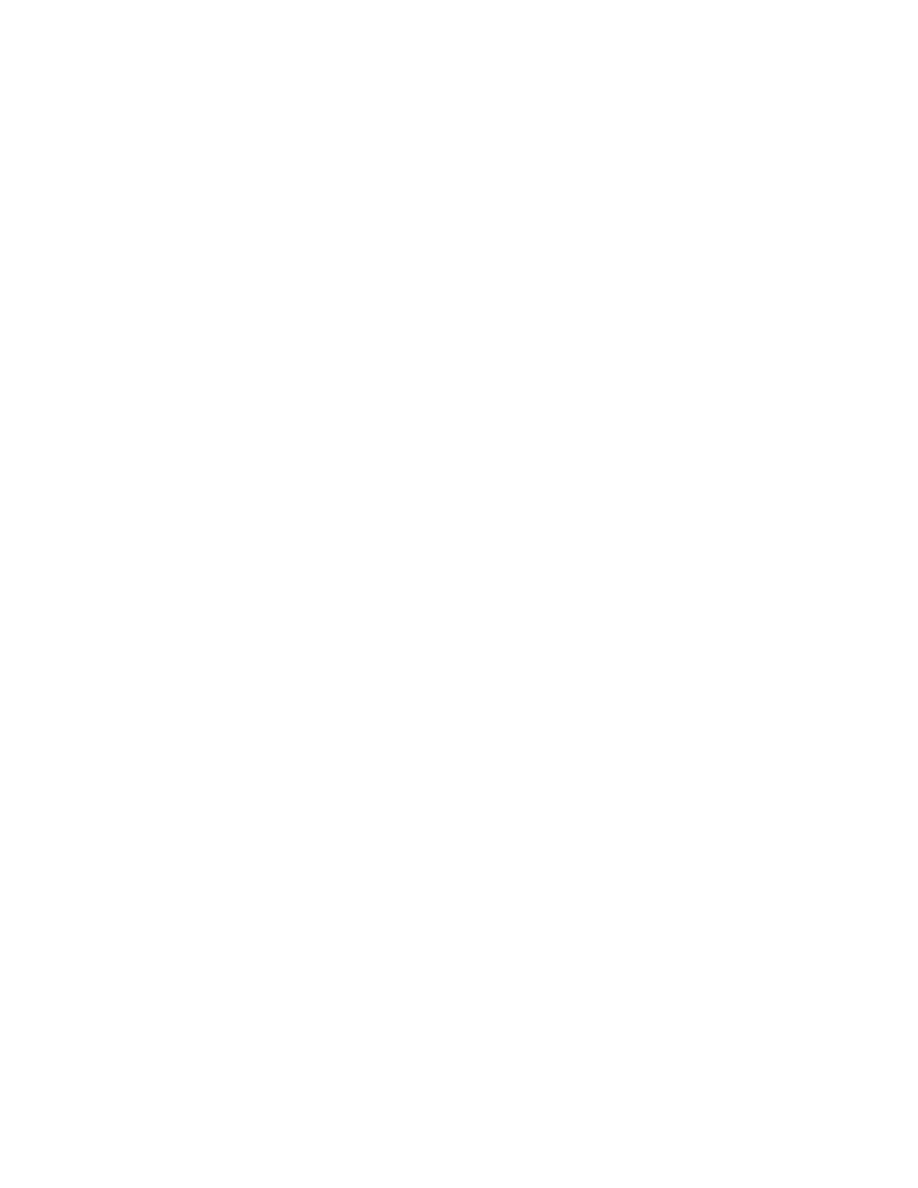Express 3/4 Ton Van V8-305 5.0L VIN M SFI (1999)

Alignment: Service and Repair
Measuring Wheel Alignment
Before making any adjustments to the caster, the camber, or the toe angles, verify the following inspections:
1. Inspect the tires for the proper inflation pressures and normal tire wear.
2. Inspect the front wheel bearings for the proper adjustment. Refer to Wheel Bearing Adjustment.
3. Inspect the ball joints and the tie rod ends for damage. Refer to Ball Joint Wear Check in Suspension or Steering Linkage Inspection in Steering.
4. Inspect the wheels and the tires for runout. Refer to Tire and Wheel Runout Specifications.
5. Inspect the vehicle trim height. Refer to Trim Height Inspection Procedure.
6. Inspect the steering gear for looseness at the frame. Refer to Fastener Tightening Specifications.
7. Inspect the shock absorbers for leaks or any noticeable noise. Refer to Struts or Shock Absorbers On-Vehicle Testing in Suspension General
Diagnosis.
8. Inspect the control arms or the stabilizer bar attachments for looseness. Refer to Fastener Tightening Specifications.
9. Inspect the steering wheel for excessive drag or poor return due to the stiff or rusted suspension or linkage components.
10. Install the alignment equipment following the equipment manufacturers instructions.
11. Jounce the front and the rear bumpers three times prior to checking the alignment.
12. Measure the alignment angles and record the readings.
